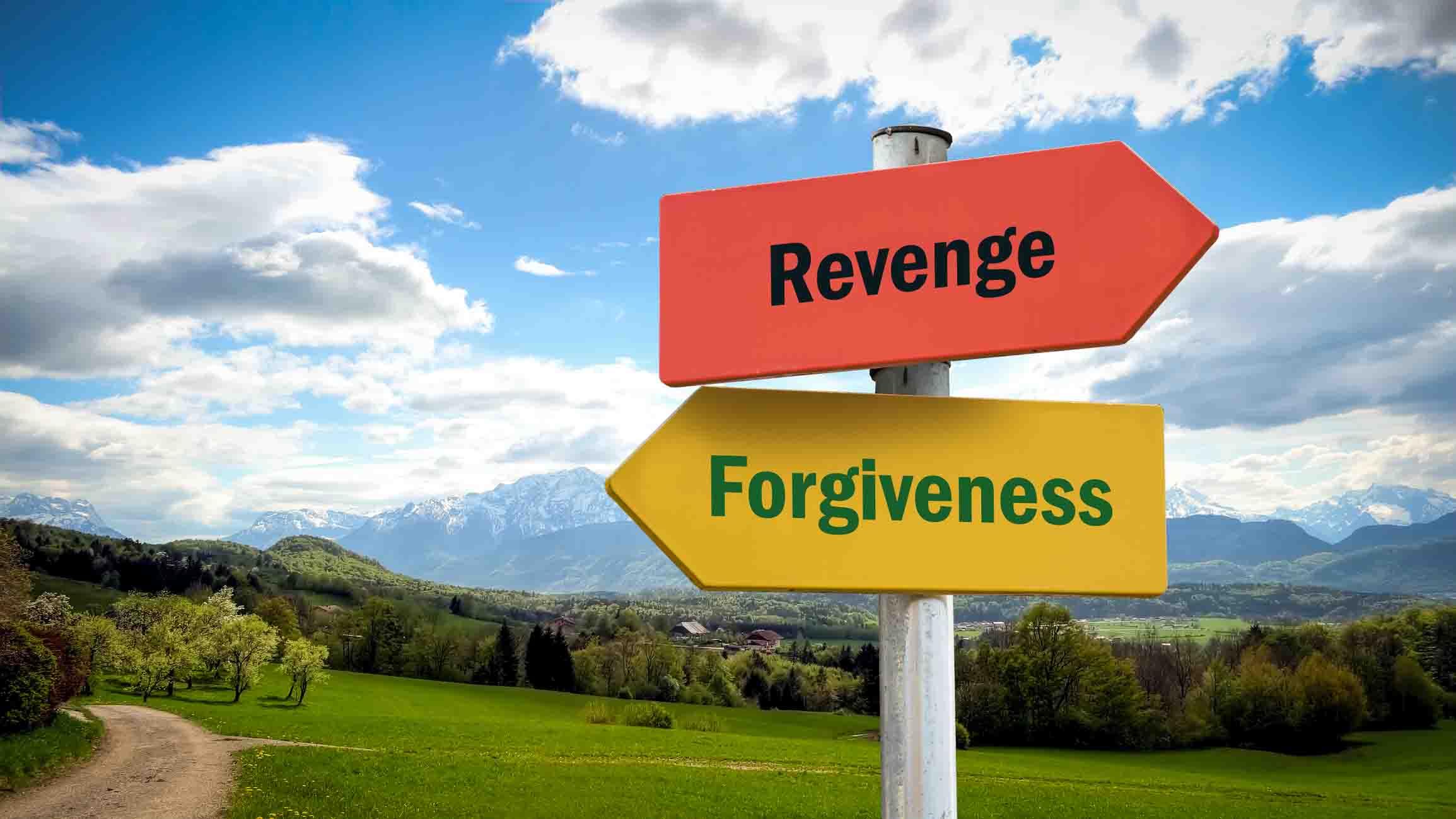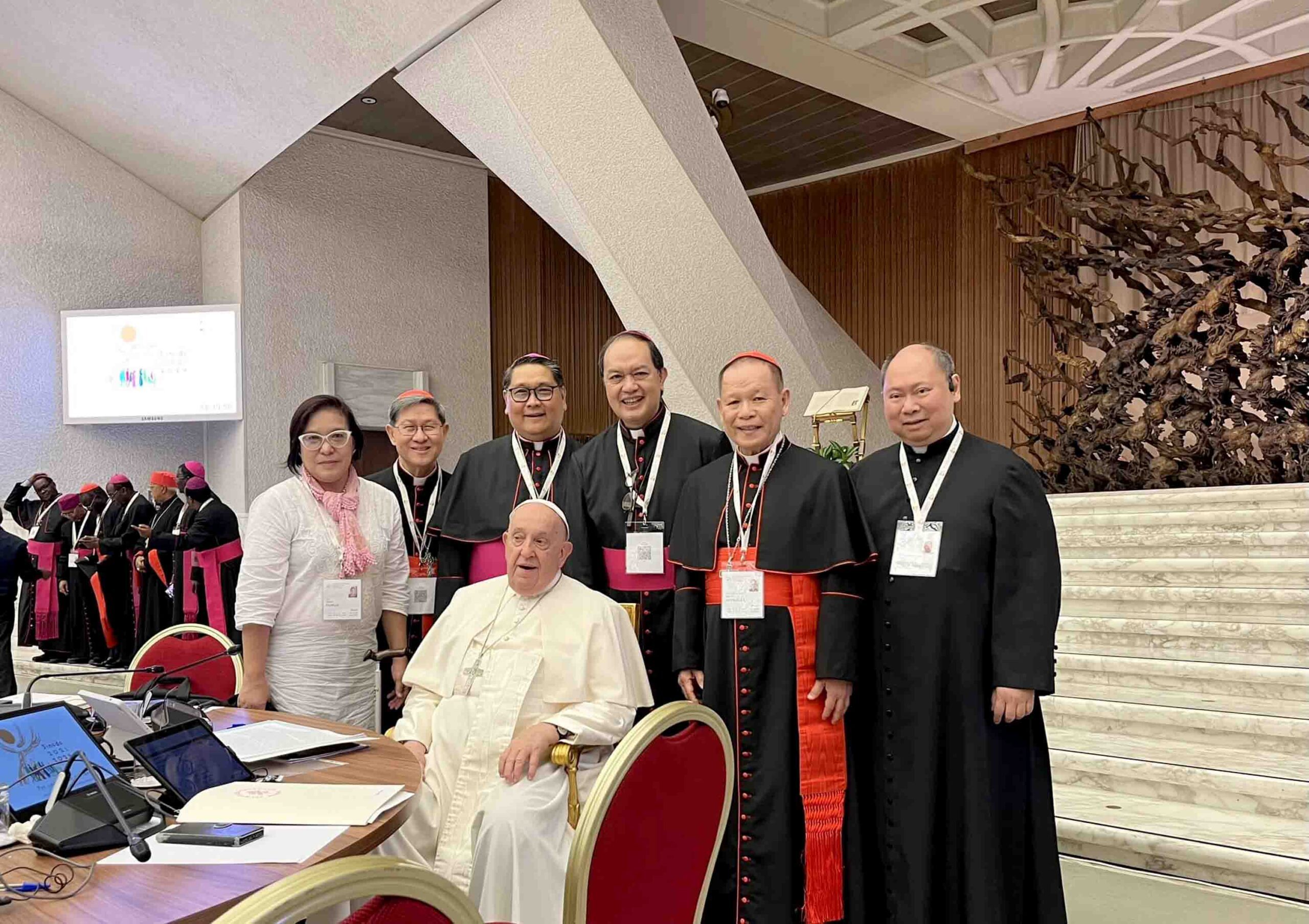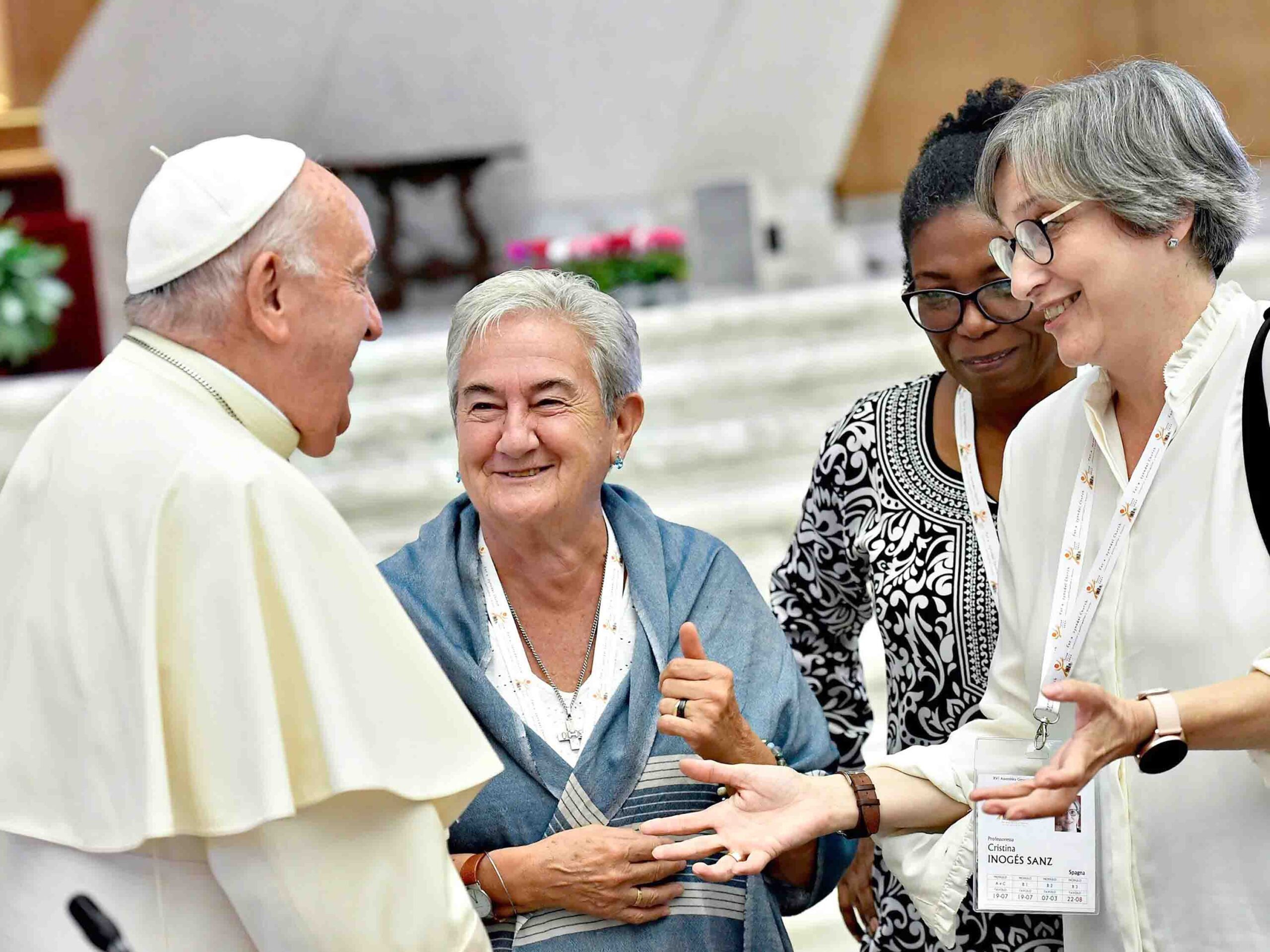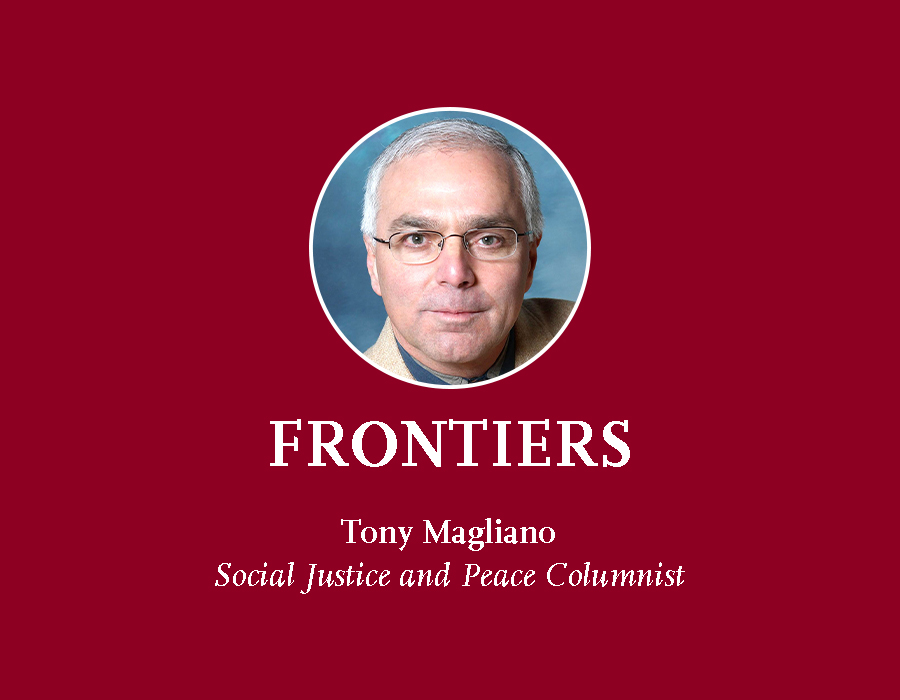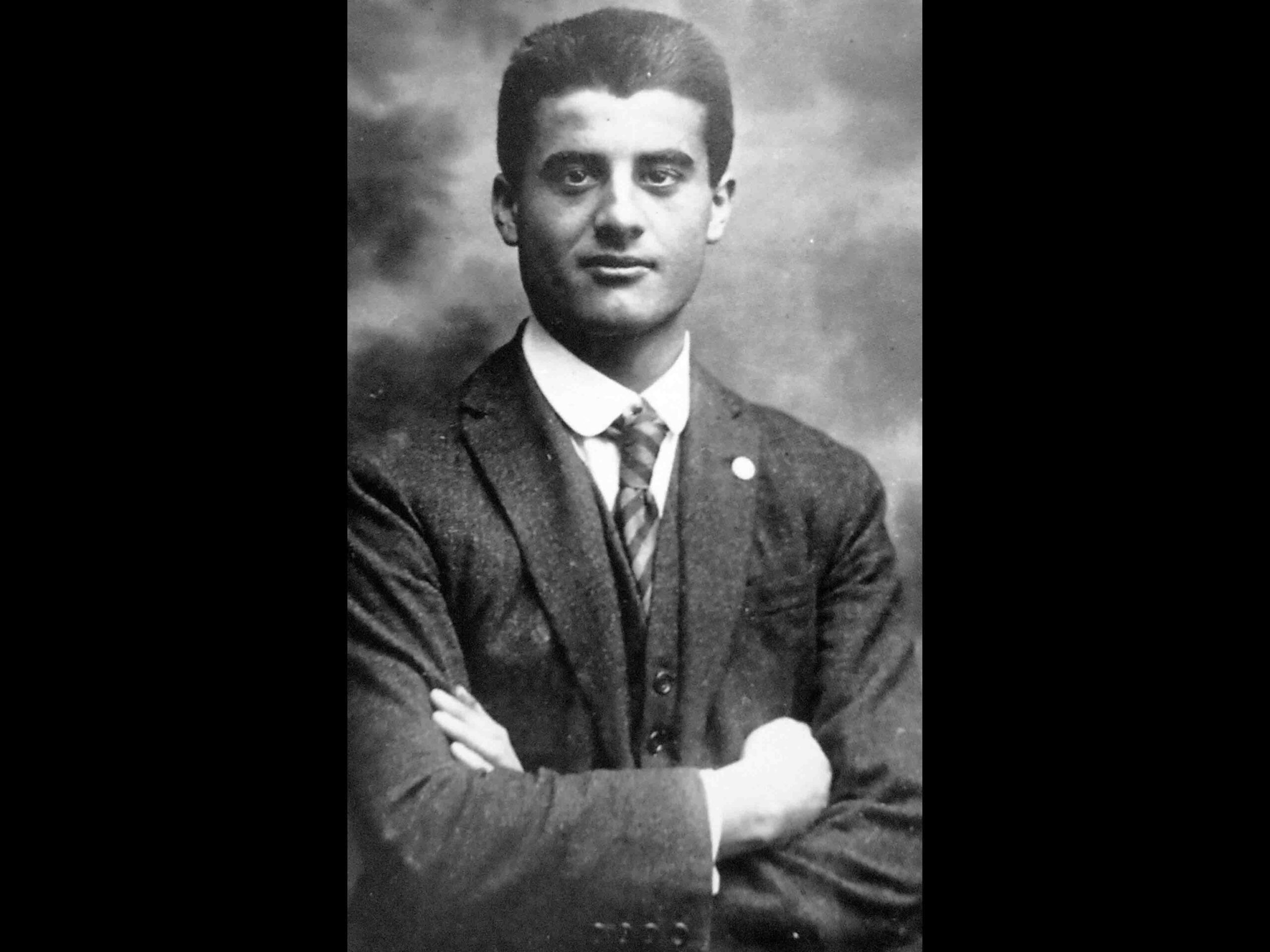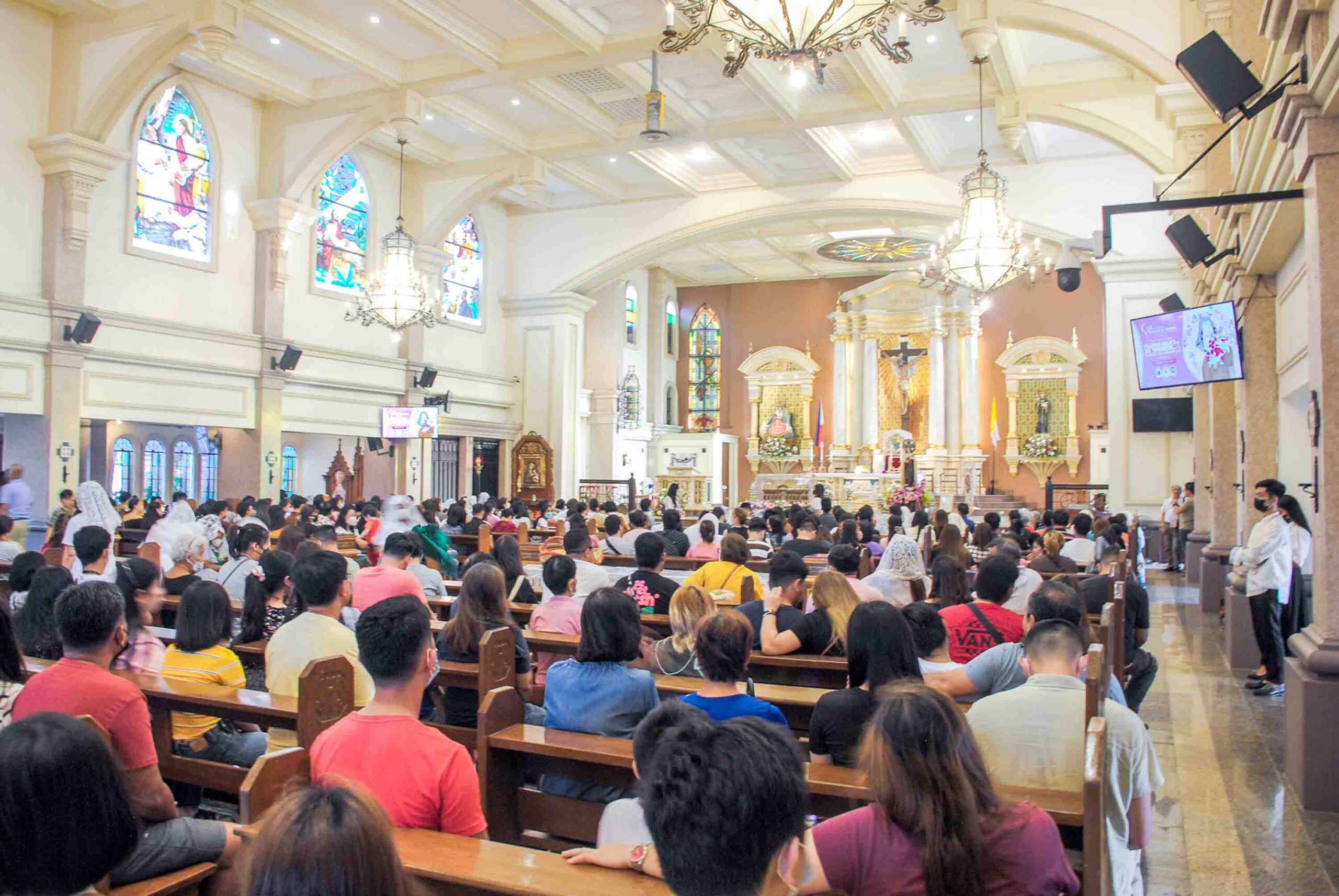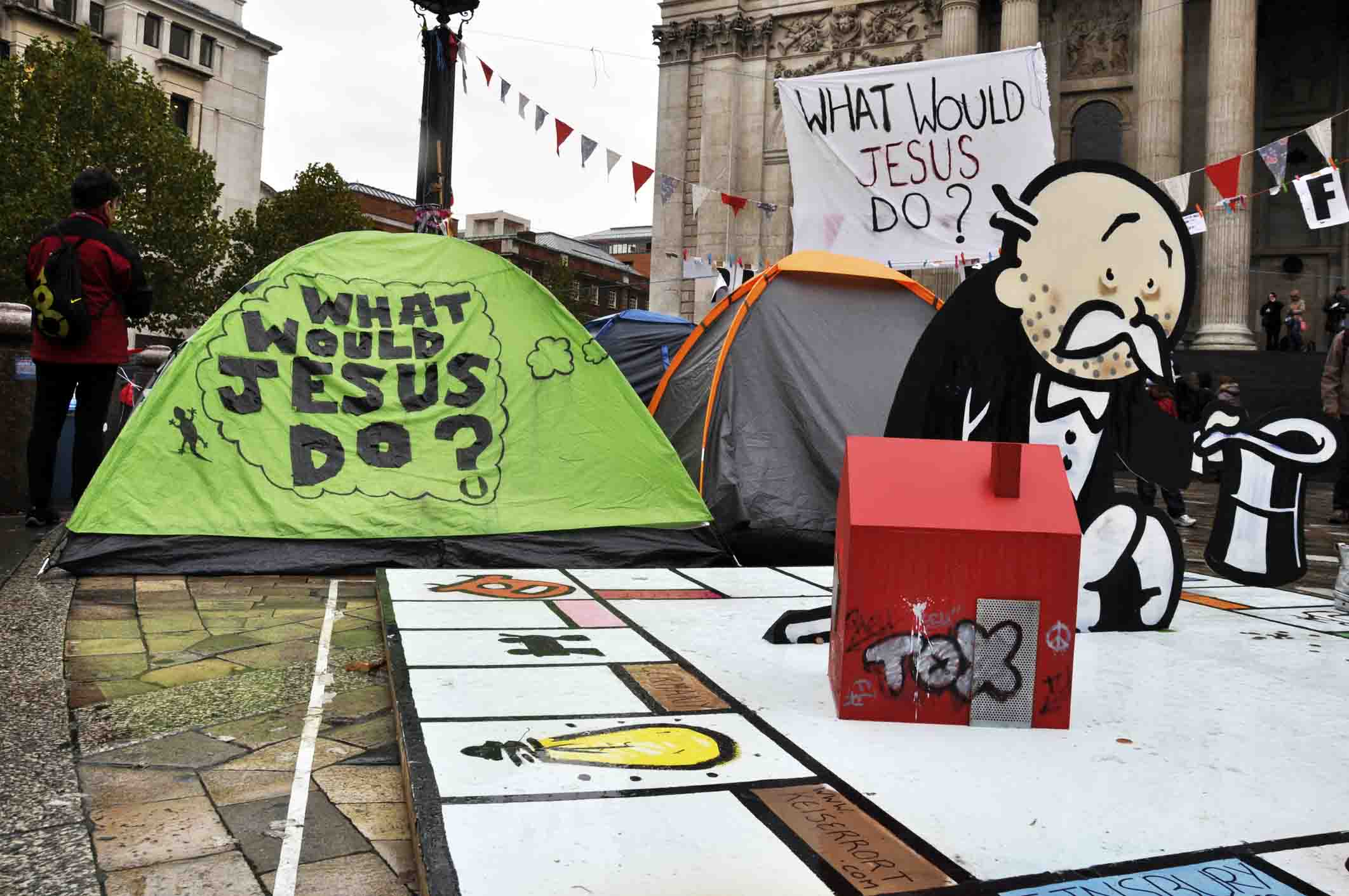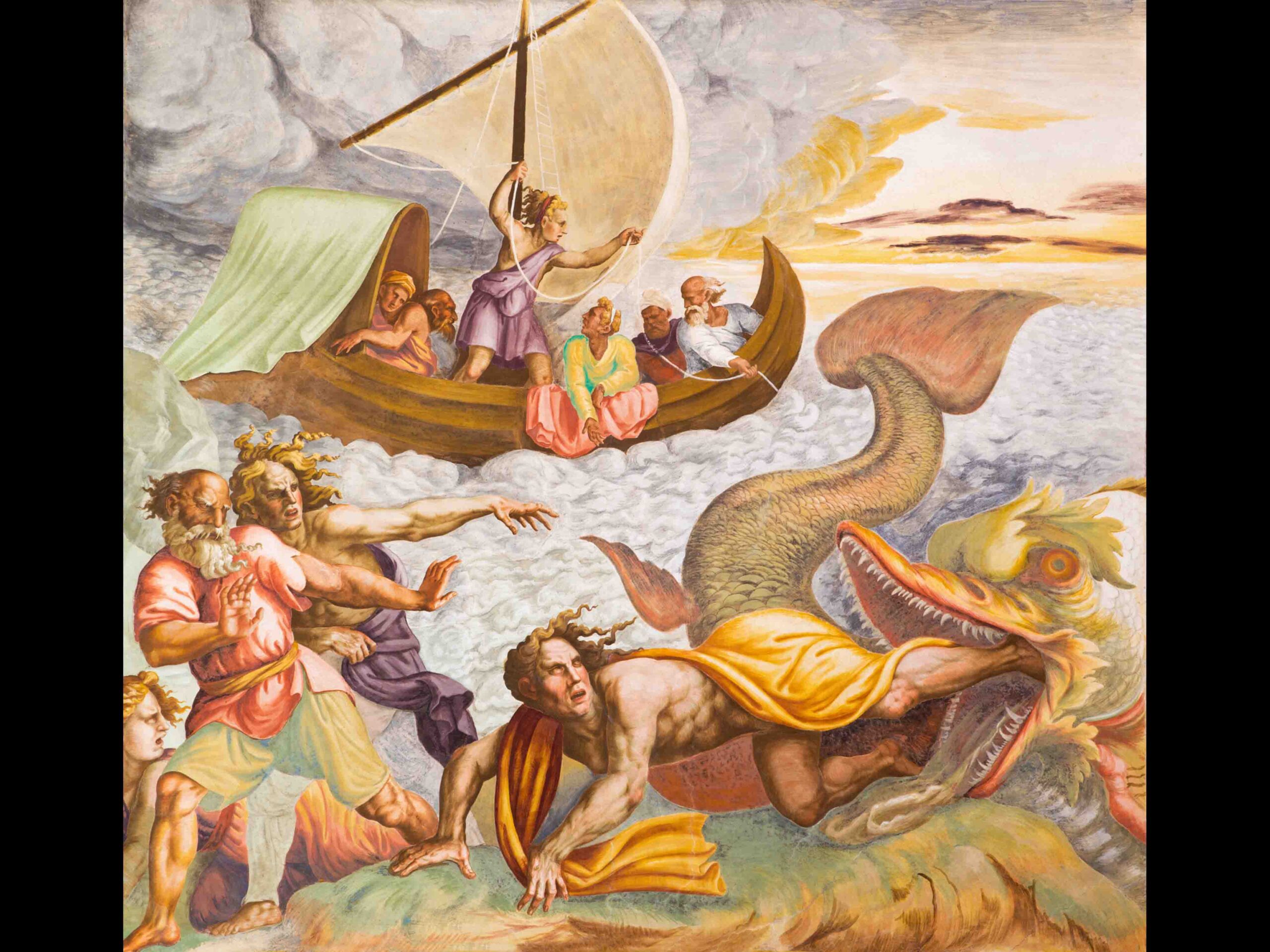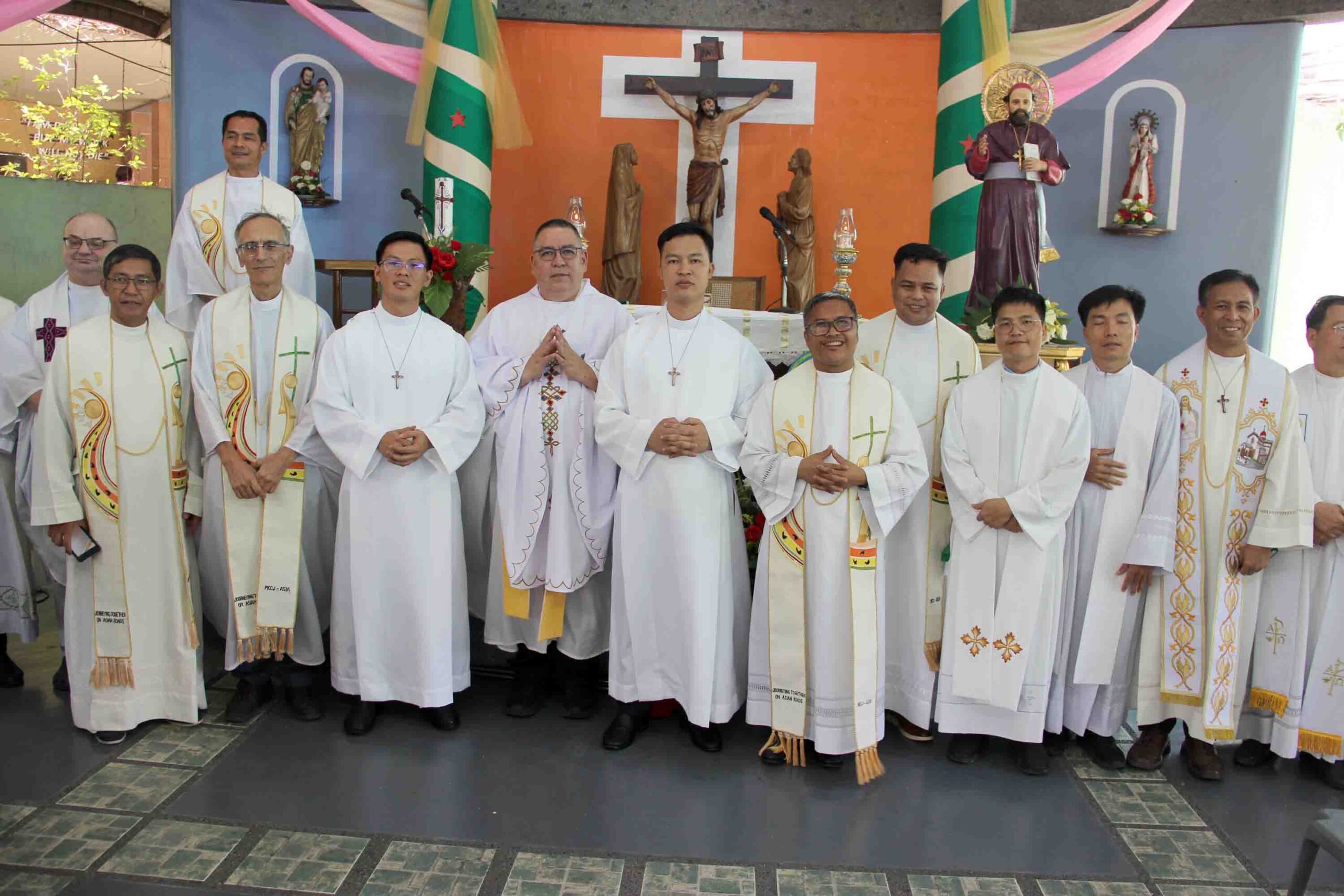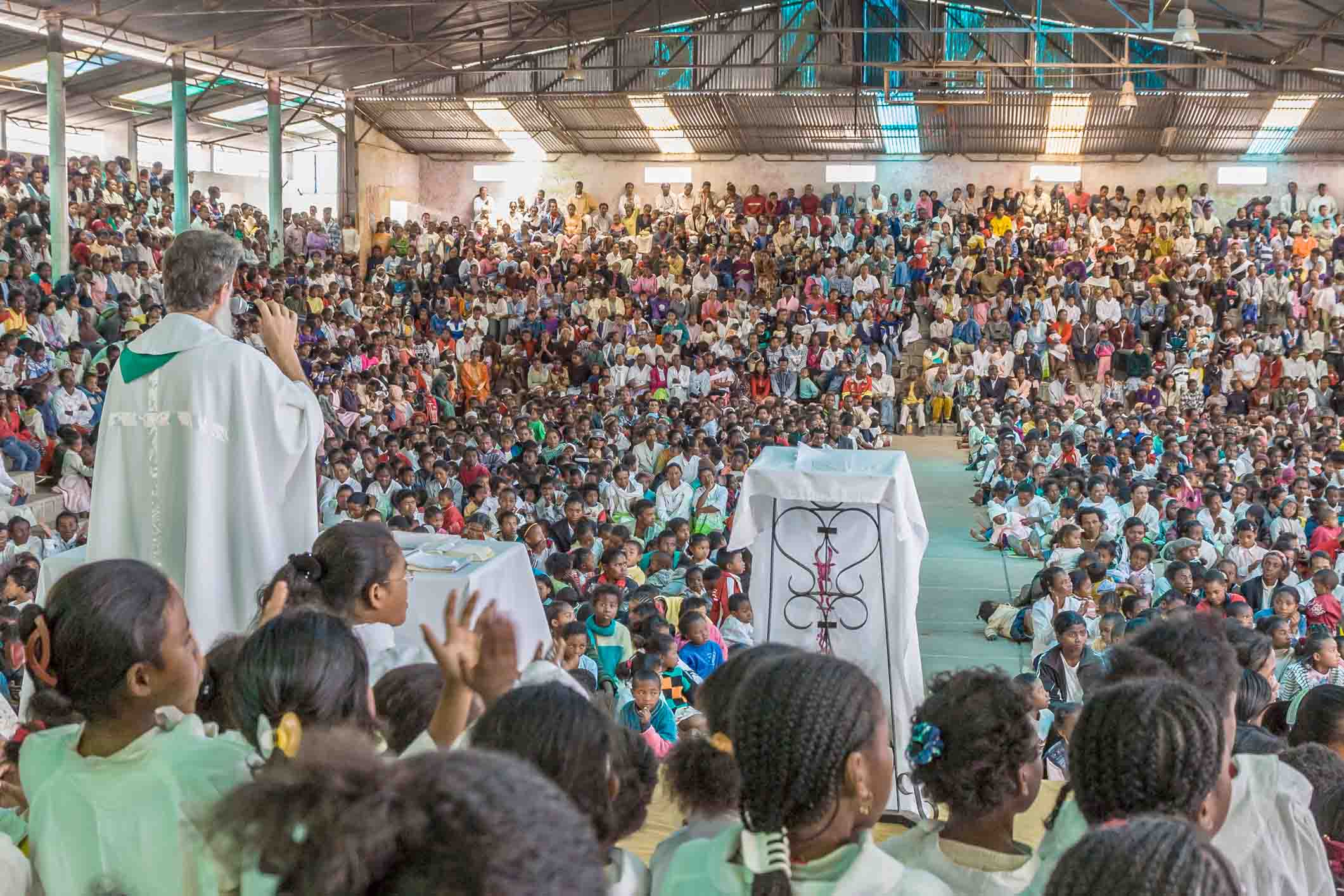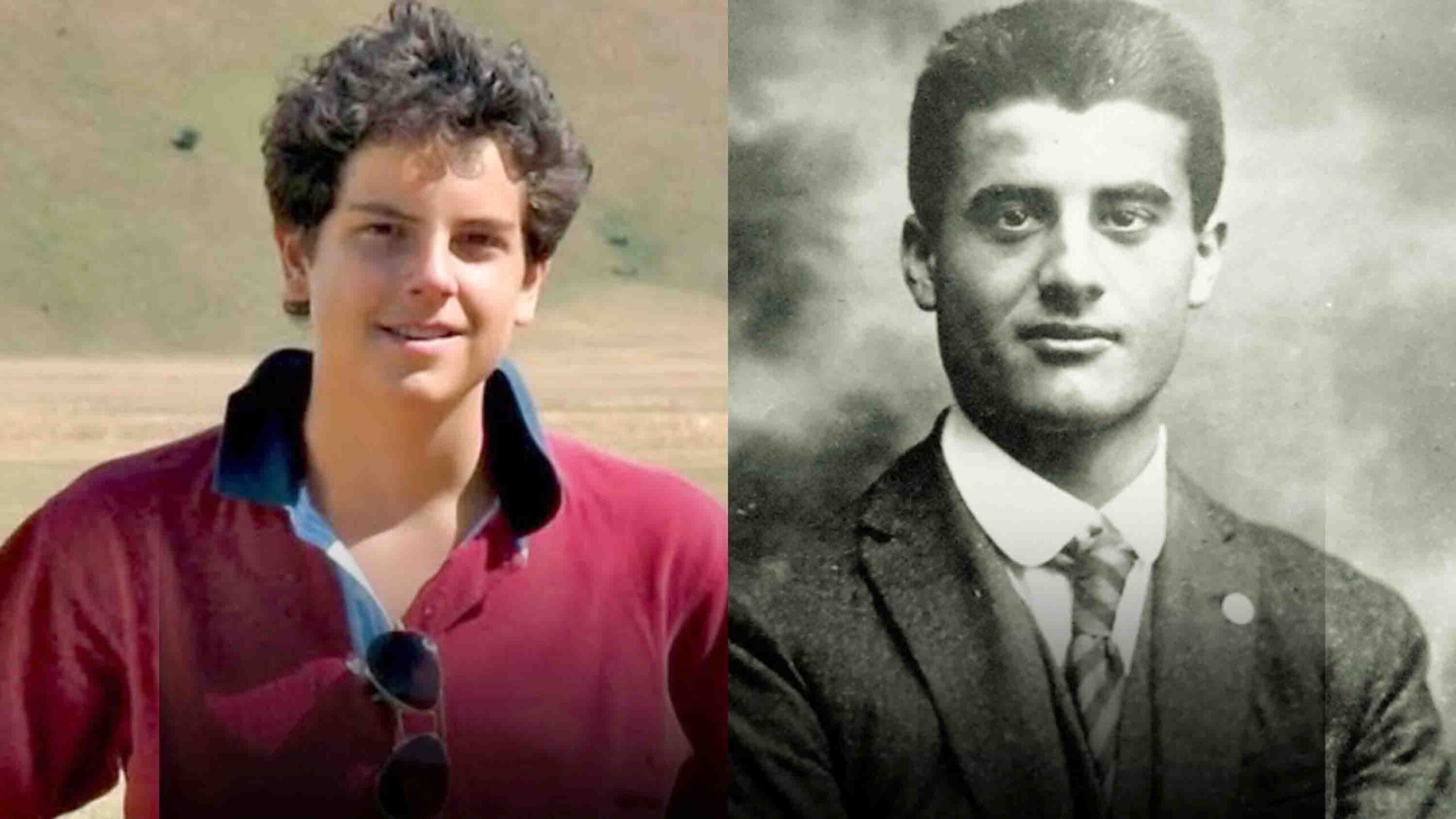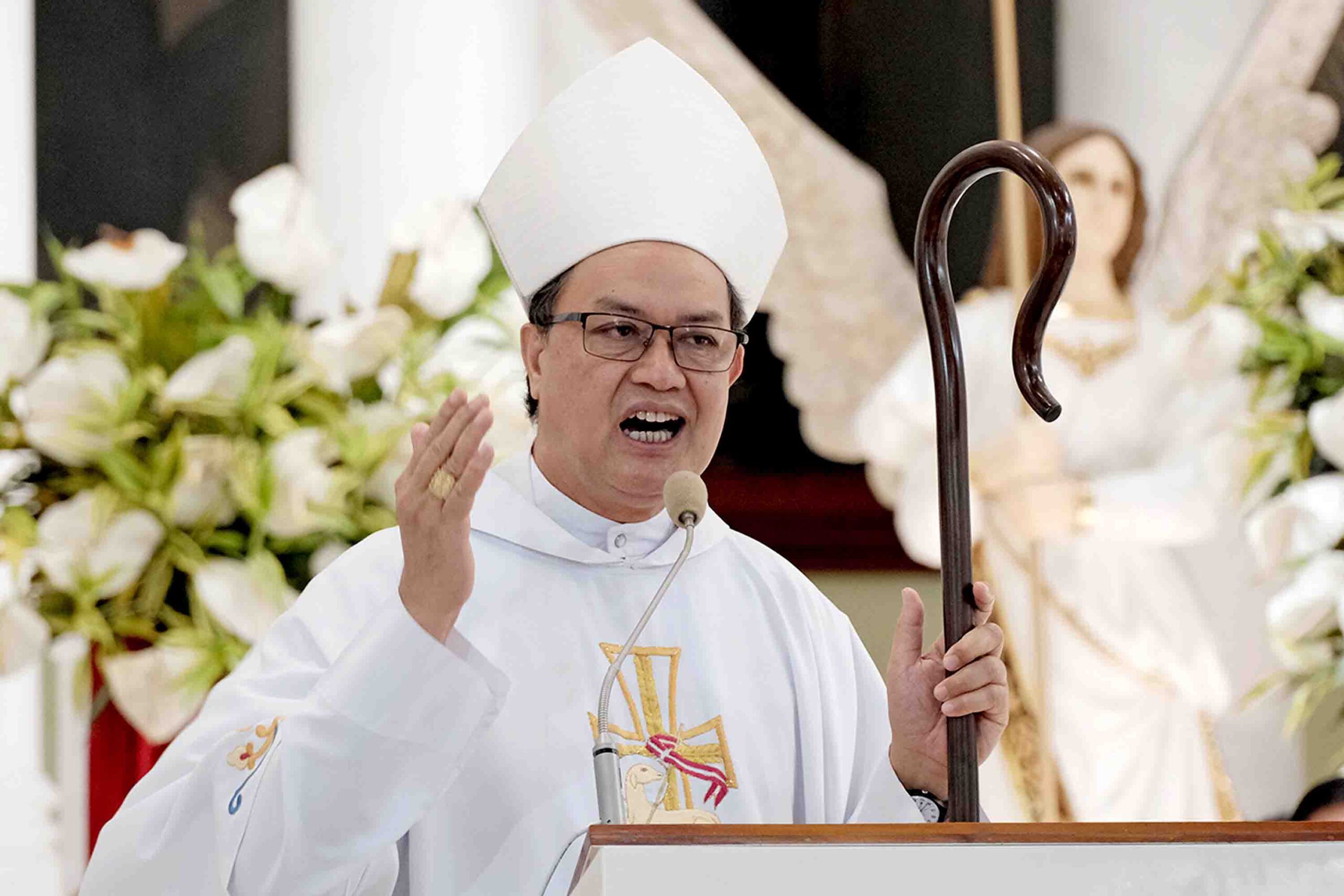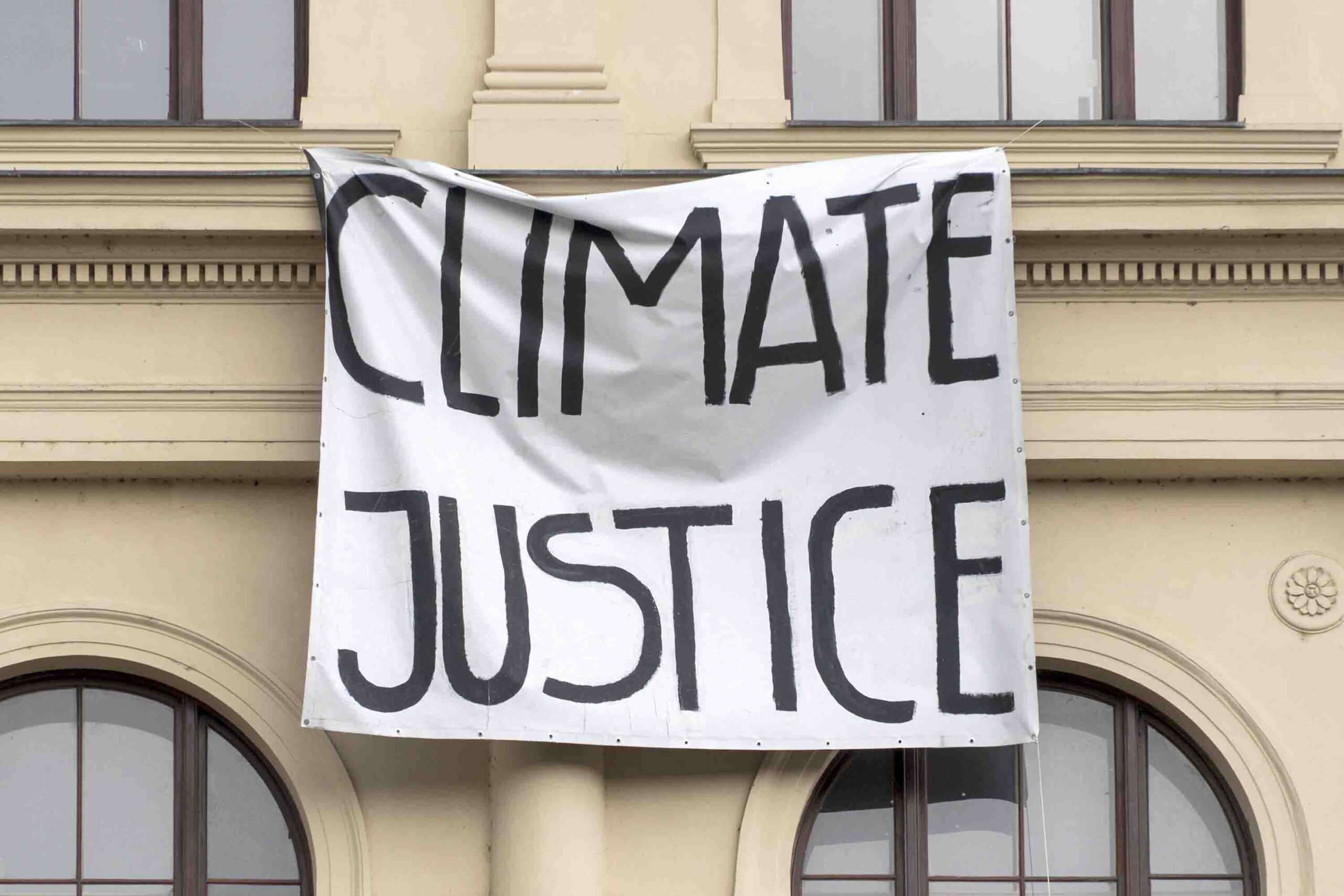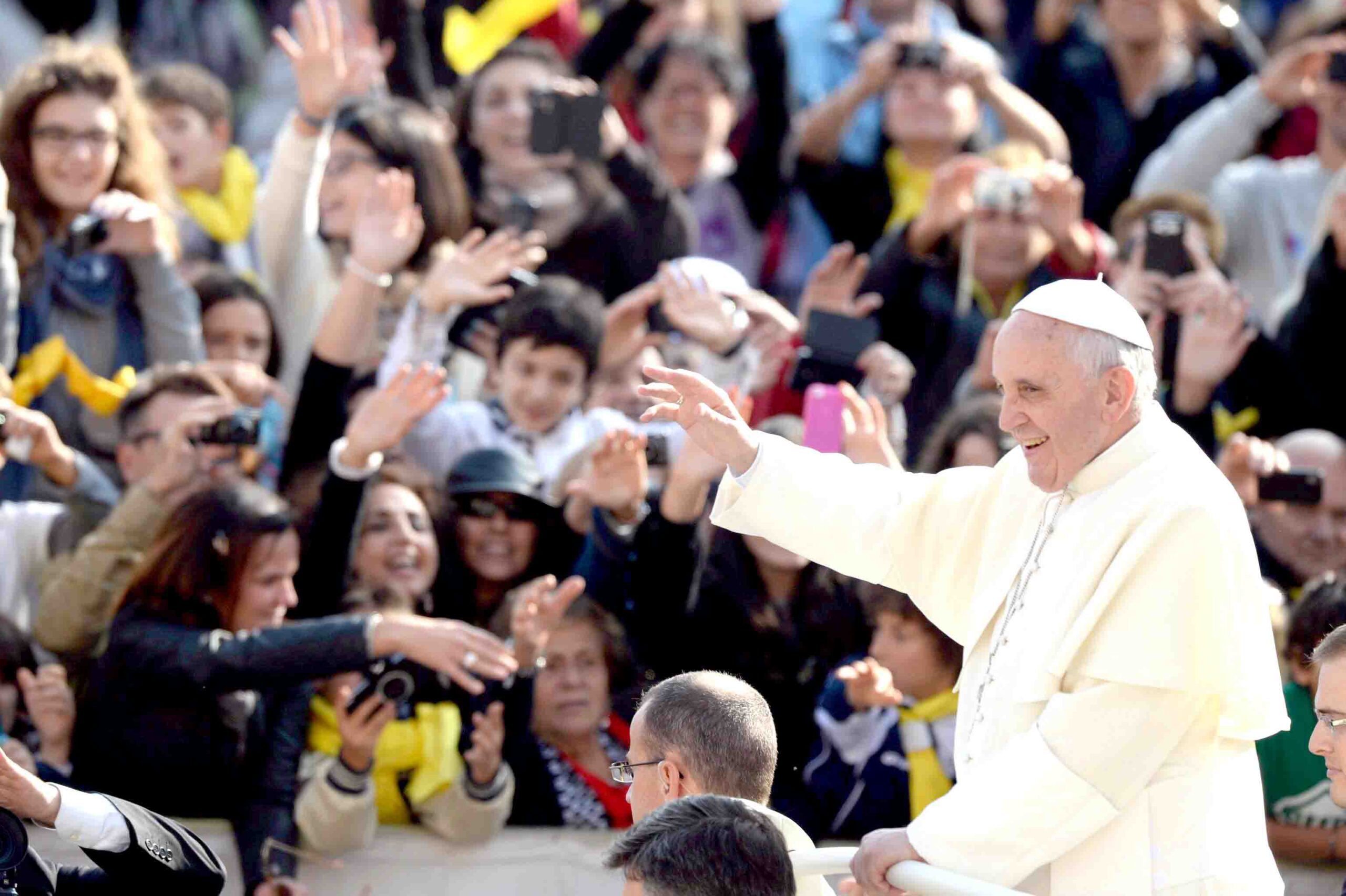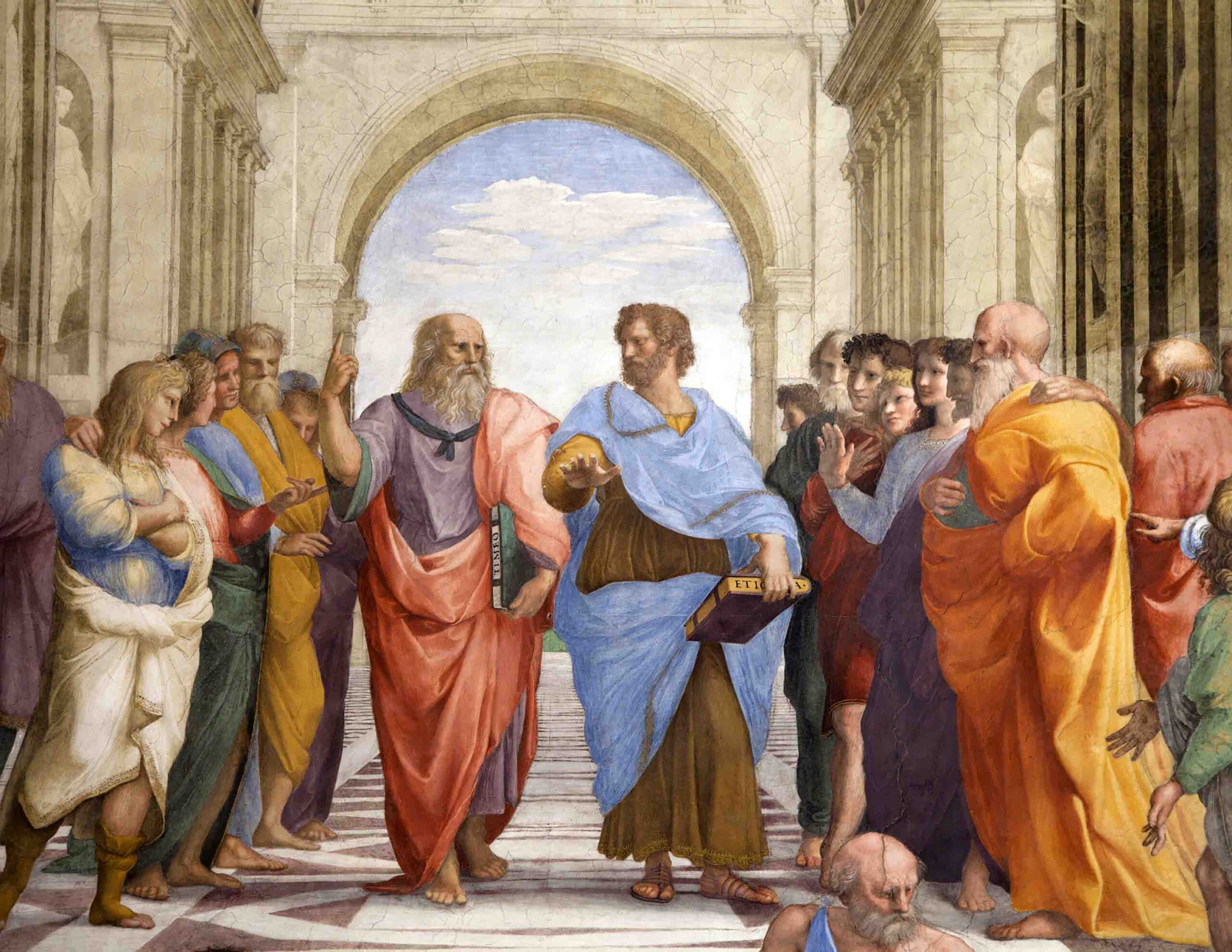In the midst of violence, there arises a longing for peace. After the Nazi slaughter of the Jews, the Holocaust, there was a cry, “Never again!” World War II ended with the same desire eloquently expressed. The same longing echoed after the Kosovo and Rwanda genocides.
But unfortunately, we humans have short memories. War has gone on in Ukraine for over two years, violence in Gaza for a time, but there seems to be no end to the mounting anger. As Western Europe sends out threats to Putin, the Russian leader warns them of the possible use of nuclear weapons and a Third World War.
In ancient India, the bloody sacrifices described in the Vedas and the cruel battles presented in Mahabharata and Ramayana stimulated a yearning for peace. Society was growing weary of warrior arrogance and violence. Religious leaders removed violence from sacrifice and replaced it with hymns and rituals. The fighting classes sought to withdraw from their eagerness to conquer and change physical warfare into a spiritual struggle through an inward journey for self-discovery. This search for the deeper self and inner peace dominated the following era.
Thus, non-violence often rises as a reaction to the vicious violence of an earlier era. We pray that it happens in our days. The real turnaround came in India through Buddha and Mahavira in the Eastern region. They rejected all religious excesses, including sacrifices, and the warrior excesses like violence in any form. Buddha would insist, “When a man hurts you, and you turn back to hurt him, that would not cure the first injury; it would only create in the world one more wickedness.”
An eagerness for renunciation replaced the desire for martial glory and plunder; the restlessness of the fighting classes gave place to a search for calm and composure. Ambition for world-conquest turned to self-conquest (Yoga), the ‘me-first’ instinct by self-emptying, kenosis.
SPIRITUAL ENERGY
Spiritually tapped and re-educated anger generates unlimited energy. Mahatma Gandhi used to say, “I have learnt through bitter experience the one supreme lesson to conserve my anger. And as heat conserved is transmuted into energy, even so our anger controlled can move the world.”
Renunciation in this context is not a passive acceptance of painful realities, but a radical reappraisal of society. Peace is attained by returning to one’s deeper self, contemplating, repenting for one’s sins, caring for the poor and the community, and reaching out with compassion to those at the ends of the earth. Thus, extreme violence generates an effective craving for peace.
ASIAN WISDOM
Emperor Asoka renounced violence after the severe hurts he inflicted on people during the Kalinga war. Similarly, Emperor Chandragupta gave up his throne and became a religious monk. Likewise, the ruler Bindusara joined a school of spiritual search after a life of cruelty.
Jesus’ teaching on peace emerged as a reassuring message in an era of Roman ruthlessness. Lao Tzu and Confucius came after the “Warring States” period in China. In the Medieval West, the formula Peace and Truce of God arose in an age of violent conflict. Francis of Assisi approached the Sultan in the middle of a conflict. He confronted growing inequality with his poverty movement, sweeping Europe within a generation.
Mahatma Gandhi’s basic message is that, first of all, one begins to invite peace into oneself. “You must be the change you wish to see in the world,” he says. “Once you yourself have been transformed, you can address your message to others. But there is a style of passing on the message, especially in moments when you are likely to find it hard to get it accepted.”
Gandhi’s pedagogy is one of persuasion. “Our motto must ever be conversion by gentle persuasion and constant appeal to the head and heart. We must therefore be ever courteous and patient with those who do not see eye to eye with us,” he says.
But it is tough going for peace-workers in their daily efforts. That is why many peace volunteers withdraw after some time. Dorothy Day, a peace activist in America, found it hard to sustain the motivation of her young supporters. She would try to explain, “Young people say: What good can one person do? What is the sense of our small effort? They cannot see that we must lay one brick at a time, take one step at a time… But we can beg for an increase of love in our hearts that will vitalize and transform all our individual actions, and know that God will take them and multiply them…”
In God nothing is lost, Brother Roger of Taize used to say. Great social transformations may mean a long struggle. William Wilberforce fought for years before slavery was formally abolished in 1806. There is hope yet for peace in the world. “Do not let the sun go down on your anger,” urged Paul (Ephesians, 4:26).

